Finding peace and a connection to nature can be a challenge in the hustle and bustle of our daily lives. However, the serene beauty of an aquarium, especially a compact 60-litre freshwater one, brings a slice of the underwater world into your home. It offers a fascinating view and serves as an excellent educational tool for kids, instilling a sense of responsibility and a deeper understanding of the natural world.
The Perfect choice for small aquariums
Tetras
Scientific Name: Characidae
Common Names: Neon Tetra, Glowlight Tetra, Ember Tetra, Flame Tetra
Natural Habitat: Amazon Basin
Diet: Omnivorous - enjoys flake, pellet, and occasional live or frozen foods
Compatibility: Peaceful; excellent in community tanks
Size: Generally between 1.5 to 2.5 cm
Aquarium Requirements: Prefers densely planted tanks with subdued lighting
Water Parameters: Temperature 22-28°C; pH 5.5-7.5
Tetras are vibrant and hardy fish that shimmer beautifully in a community tank. Their schooling nature makes them an engaging spectacle, gracefully darting through the water together.
Rasboras
Scientific Name: Cyprinidae
Common Names: Harlequin Rasbora, Galaxy Rasbora, Dwarf Rasbora
Natural Habitat: Southeast Asia
Diet: Omnivorous – a mix of flake foods, micro-pellets, and occasional live or frozen foods like brine shrimp
Compatibility: Very peaceful and suitable for community tanks
Size: 2 to 5 cm
Aquarium Requirements: Thrive in tanks with plenty of plants and hiding spots
Water Parameters: Temperature 22-27°C; pH 6.0-7.0
Rasboras add a pop of colour and activity to any tank. Their easygoing nature and adaptability make them perfect for novice aquarists.
Kuhli Loaches
Scientific Name: Pangio kuhlii
Common Names: Kuhli Loach, Leopard Loach
Natural Habitat: Freshwater streams in Southeast Asia
Diet: Omnivorous – prefers a mix of sinking pellets, frozen foods, and occasional live foods like bloodworms
Compatibility: Extremely peaceful, making them great for community tanks with non-aggressive species
Size: Up to 10 cm
Aquarium Requirements: Enjoys a soft, sandy substrate to burrow in and requires plenty of hiding spots among plants or driftwood
Water Parameters: Temperature 24-30°C; pH 5.5-6.5
Kuhli Loaches are slender, eel-like fish known for keeping the tank clean by scavenging for leftover food and debris. Their nocturnal nature and unique appearance add an element of intrigue to any aquarium.
Danios
Scientific Name: Danio
Common Names: Zebra Danio, Leopard Danio, Glowlight Danio
Natural Habitat: Freshwater and streams in South Asia
Diet: Omnivorous – enjoys a variety of flake foods, small pellets, and live or frozen foods such as daphnia and brine shrimp
Compatibility: Highly sociable and adaptable, making them excellent choices for community tanks
Size: 4 to 7 cm
Aquarium Requirements: They prefer tanks with open swimming areas and vegetation for hiding. A tight-fitting lid is recommended, as they are known jumpers.
Water Parameters: Temperature 18-25°C; pH 6.5-7.5
Danios are energetic and hardy fish best known for their vibrant stripes and active swimming behaviour. Their resilience and playful nature make them ideal for novice and experienced aquarists.
Corydoras
Scientific Name: Corydoras
Common Names: Cory Catfish, Armored Catfish
Natural Habitat: Slow-moving rivers and shallow waters with sandy bottoms in South America
Diet: Omnivorous – prefers sinking pellets but will also consume algae wafers and small live or frozen foods such as bloodworms and daphnia
Compatibility: Peaceful and sociable; ideal for community tanks with other non-aggressive species
Size: 2.5 to 10 cm, depending on the species
Aquarium Requirements: Aquariums require a smooth substrate to prevent damage to their barbels. Enjoys hiding spaces like plants, caves, and driftwood.
Water Parameters: Temperature 22-28°C; pH 6.0-7.8
Corydoras are bottom-dwelling, armoured catfish renowned for their gentle nature and efficiency in keeping the aquarium substrate clean. With their unique behaviour of darting to the surface for air, these charming fish add liveliness and utility to any freshwater tank.

Creating a Healthy Environment
Setting up and maintaining a flourishing aquarium involves more than just adding fish to the water. Here are some essential care tips to ensure your aquatic pets thrive in their new home:
- Regular Maintenance: Consistent care is the key to a healthy aquarium. Weekly water changes, where 20-30% of the tank water is replaced with fresh, treated water, help maintain a balanced environment. Using asiphon for substrate cleaning is vital to prevent the accumulation of waste products, which can harm fish. This also removes uneaten food and debris, which could otherwise decompose and deteriorate water quality.
- Optimal Water Conditions: Monitoring water conditions is not just about temperature control; it involves regularly testing forammonia,nitrite, and nitrate levels. These chemical parameters can fluctuate due to various factors, including overfeeding and fish waste. A stable pH level closely matching the species-specific requirements ensures the fish’s physiological processes are not stressed, promoting better health and longevity. Check out our other articlehere to learn more about testing your aquarium.
- Adequate Filtration: An efficientfiltration system is the backbone of a thriving aquarium. It should provide mechanical, chemical, and biological filtration, removing physical debris, absorbing unwanted chemicals, and breaking down toxins. Regular maintenance of the filter is equally important. This involves cleaning or replacingfilter media, as the manufacturer recommends, to ensure the filter operates at its best.
- Controlled Stocking: Introducing too many fish at once can lead to overcrowding and stress, which may cause disease outbreaks. It’s essential to understand the adult size your fish will reach and calculate the tank's stocking capacity accordingly. Gradually introducing new inhabitants allows the aquarium’s ecosystem to adjust without overwhelming the biological filter’s capability to process waste.
- Nutritious Diet: Each fish species has unique dietary requirements. A mix of high-quality flakes or pellets designed for specific fish types, supplemented with fresh, frozen, or live foods, can ensure a balanced diet rich in essential nutrients. Overfeeding is one of the common mistakes that lead to water quality issues. It is generally recommended that you feed your fish small amounts, which it can consume within a few minutes, once or twice a day. This approach avoids excess food settling on the substrate, which could decompose and negatively affect water quality.
By adhering to these detailed care tips, aquarists can create a visually stunning and biologically balanced environment that supports the health and well-being of the aquarium inhabitants.
The Ripple Effect of a Small Aquarium
Beyond their aesthetic appeal, small aquariums significantly impact household dynamics. They introduce children to the wonders of aquatic life and foster a sense of responsibility as they learn about caring for these living creatures. Watching the tranquil movements of fish and the gentle sway of aquatic plants has a calming effect, reducing stress and encouraging a moment of pause in our busy schedules. In addition, the continuous maintenance and upkeep of an aquarium can serve as a therapeutic practice, providing a sense of accomplishment and satisfaction.
Essentially, a 60L freshwater aquarium is more than just an attractive decor piece. It's a gateway to exploring the intricacies of aquatic ecosystems, making it a rewarding addition to any home. Choosing the right species and adhering to proper care guidelines can create a captivating underwater oasis that will enchant your family for years.

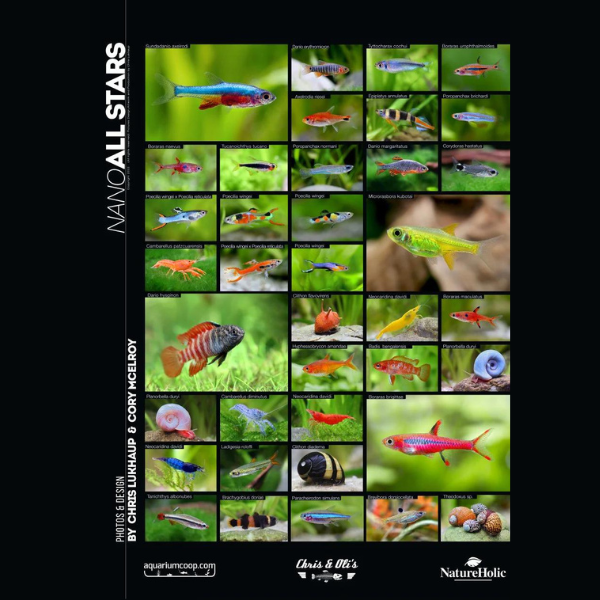
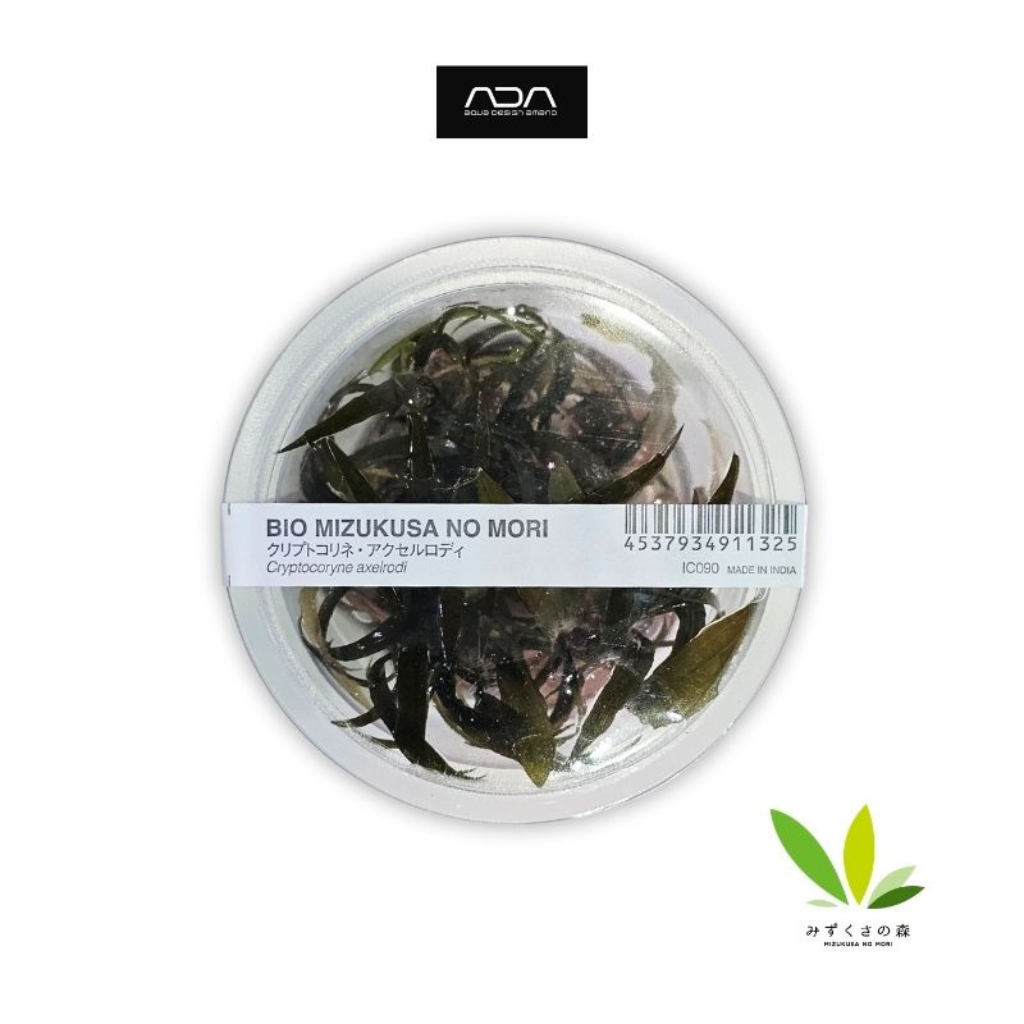
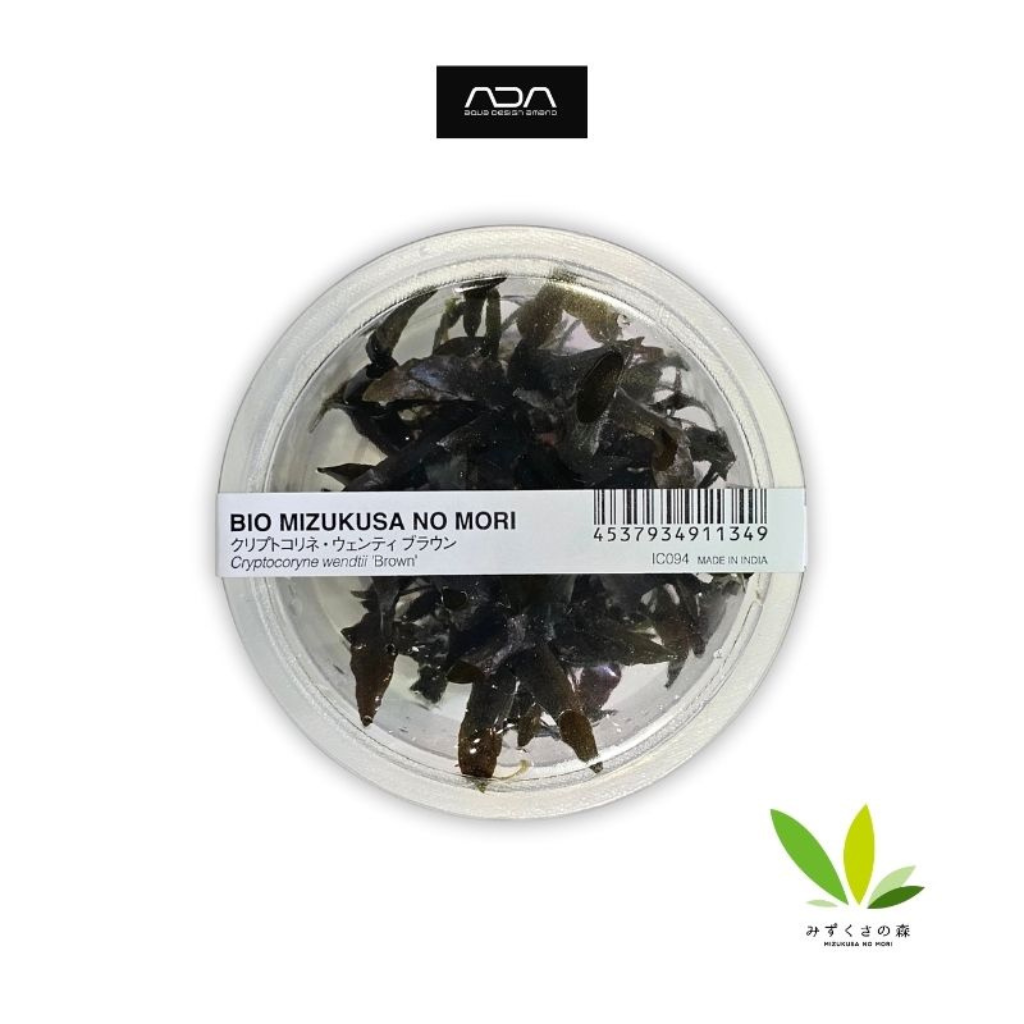
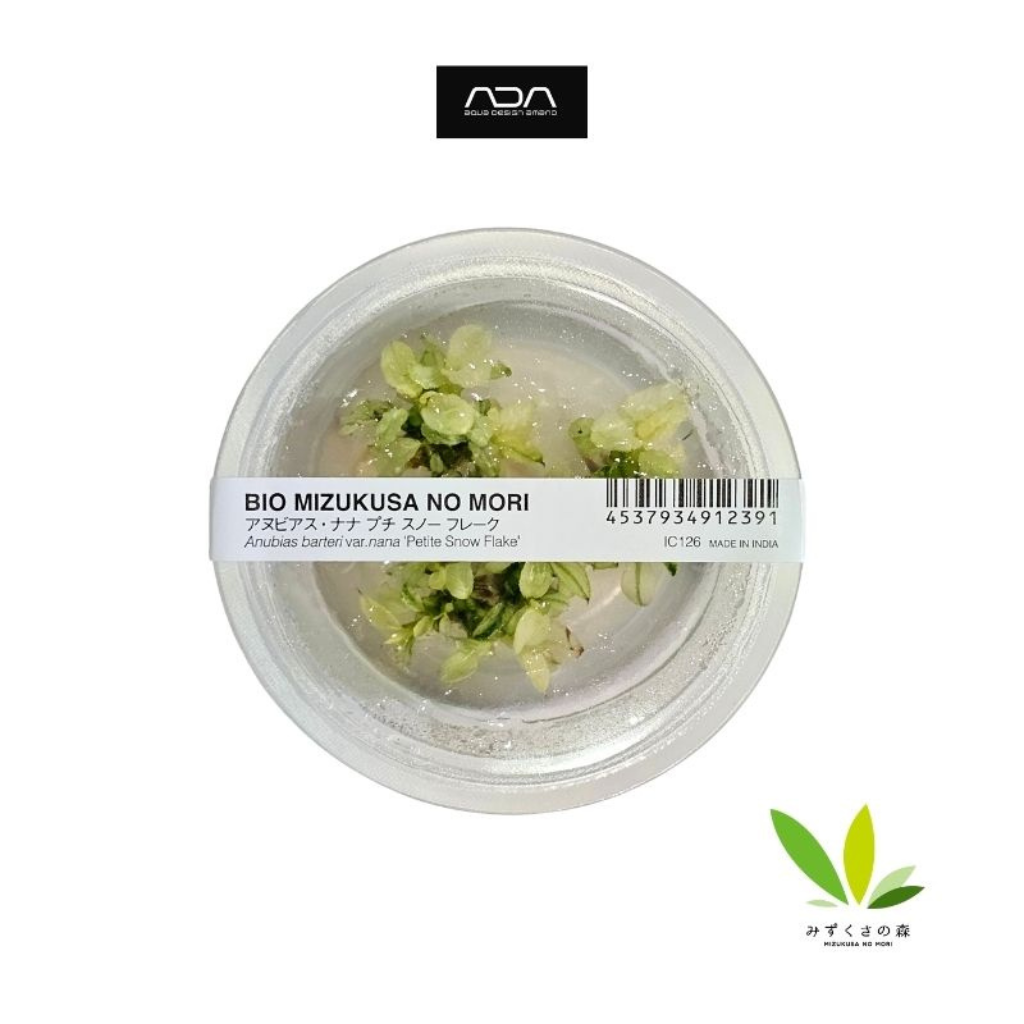
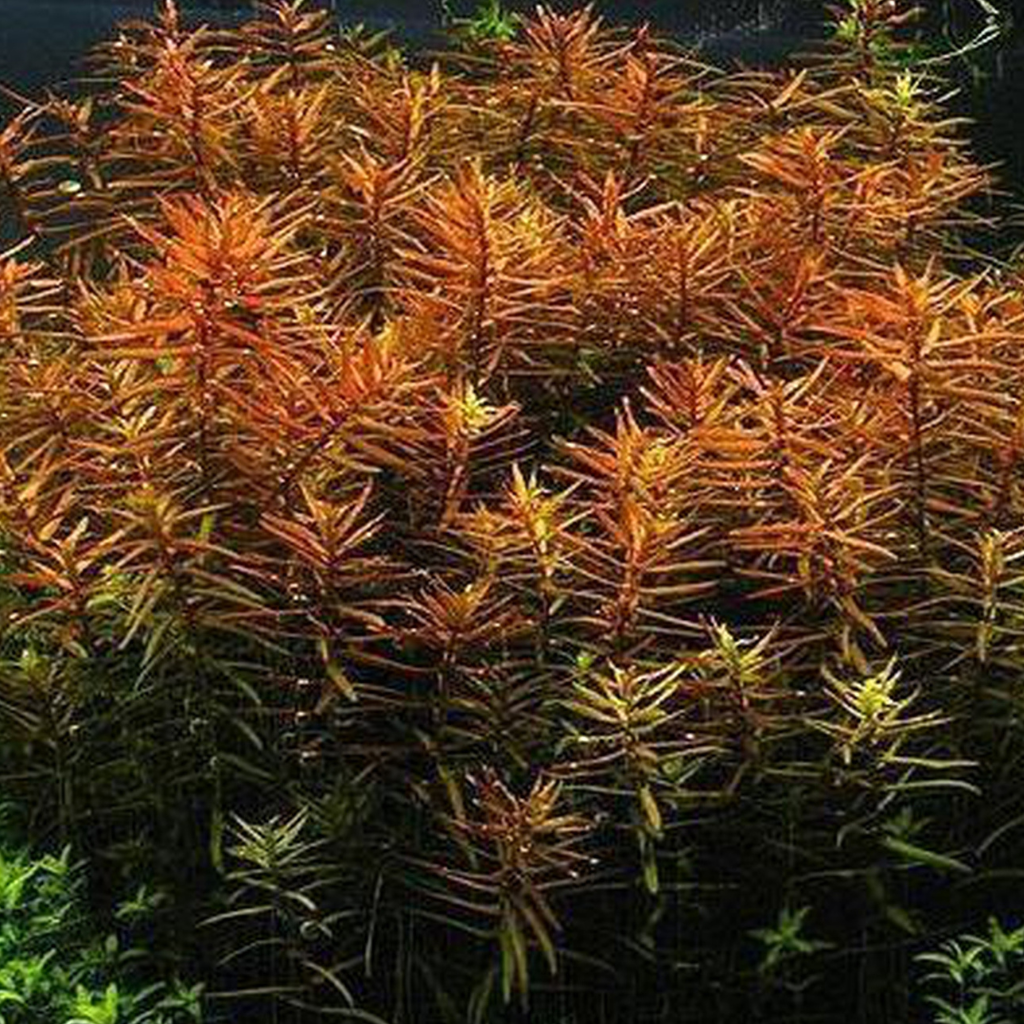
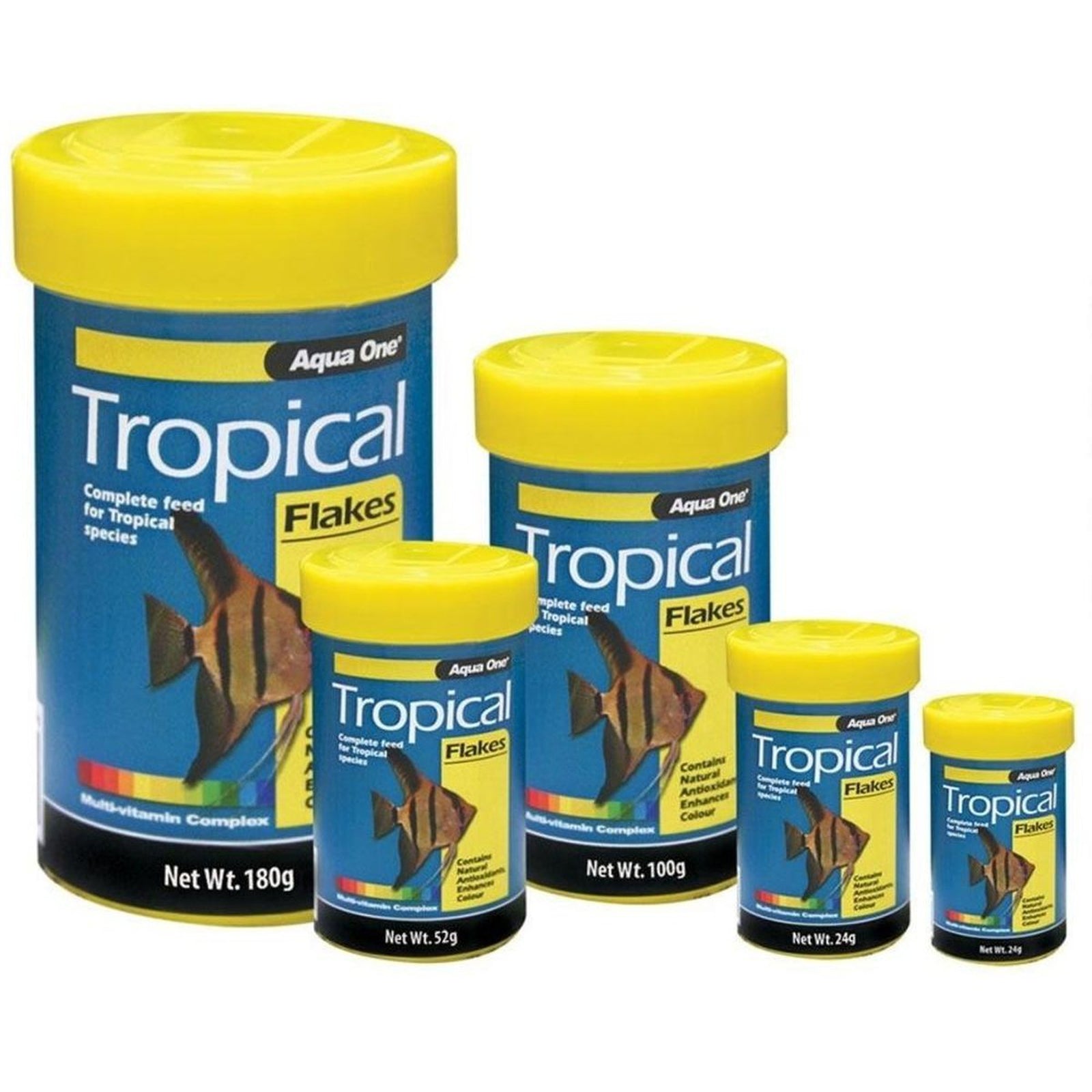
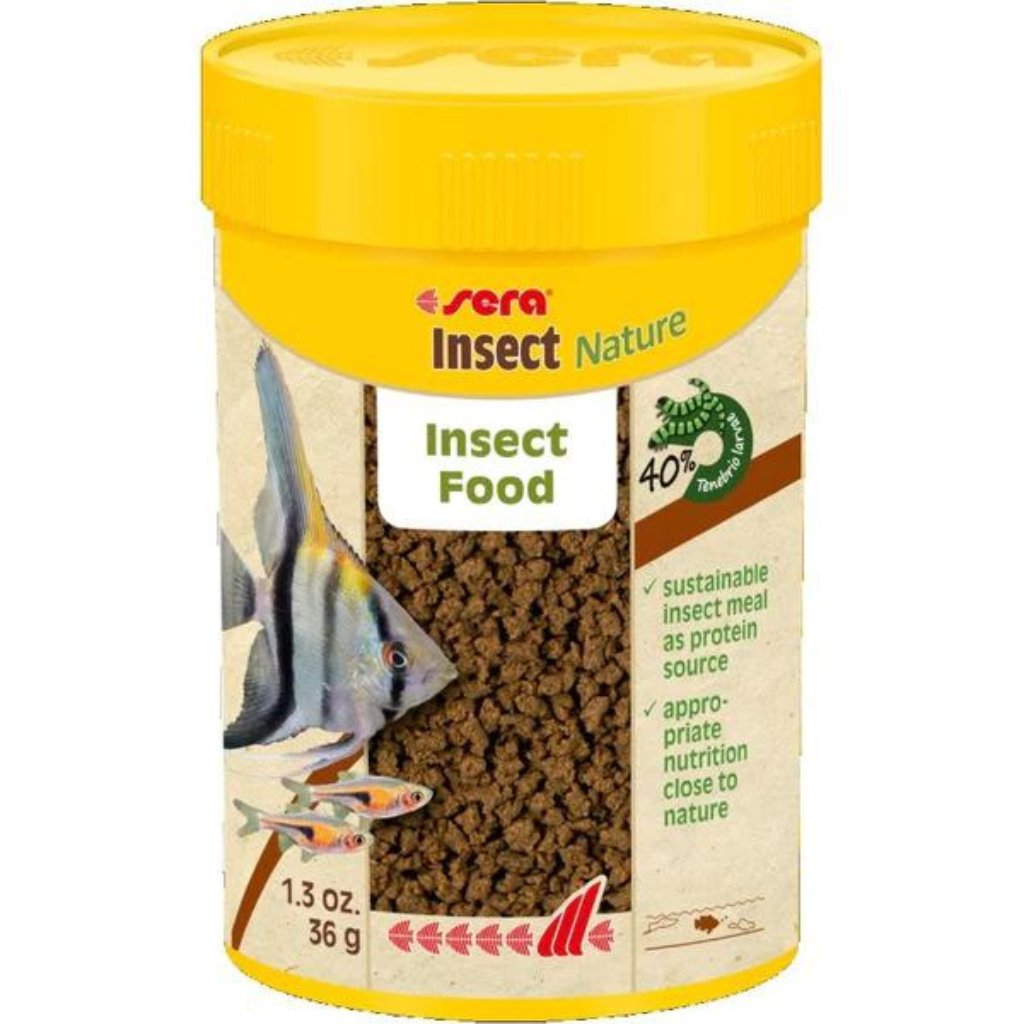
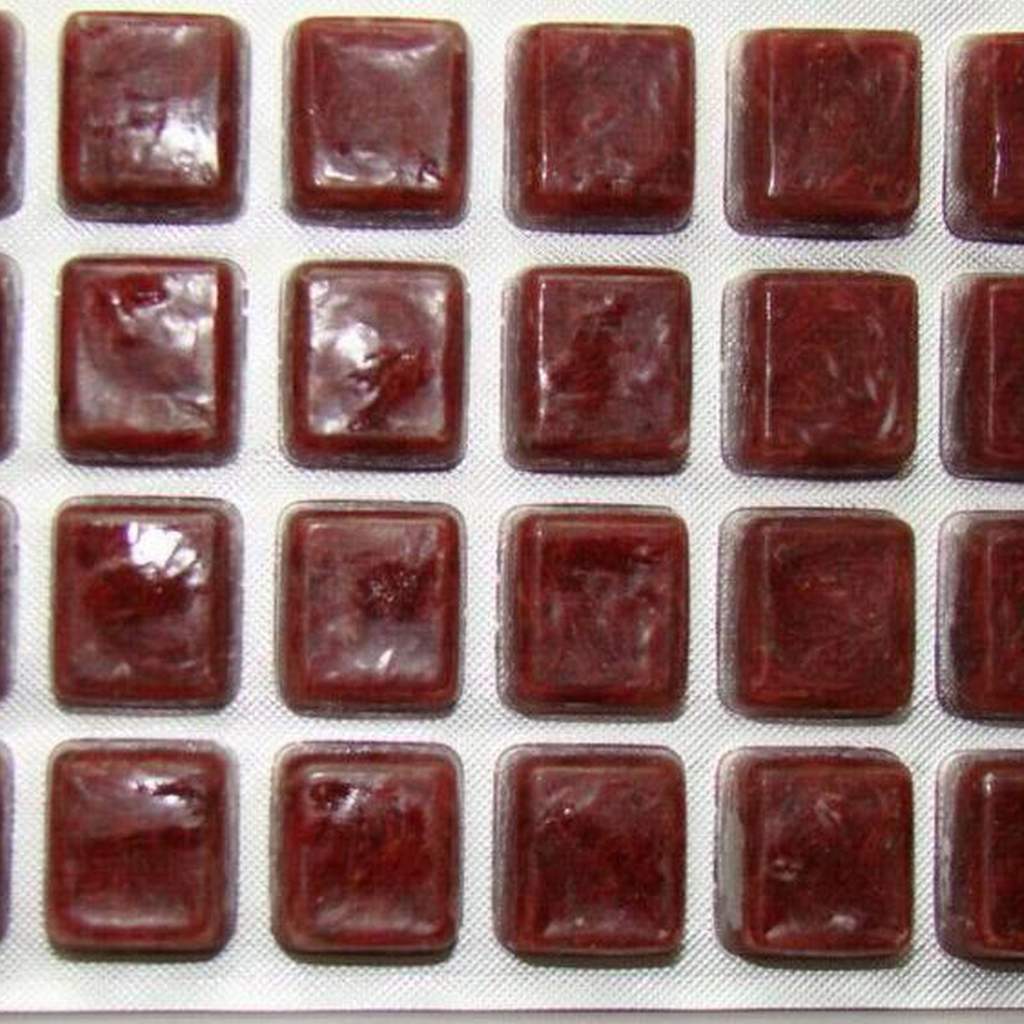
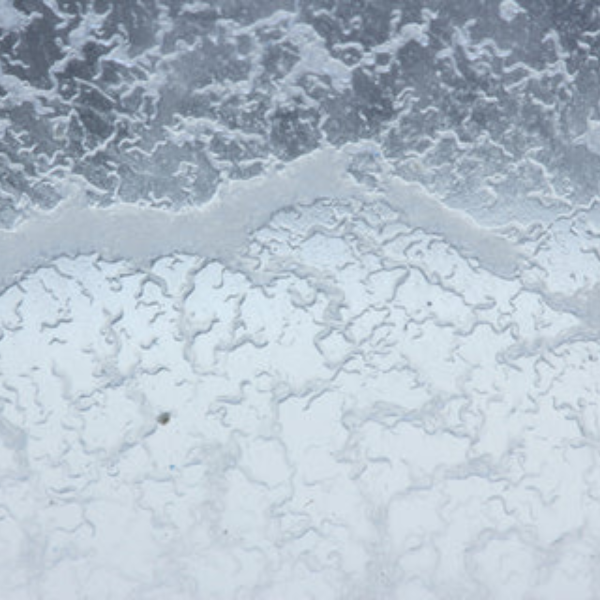



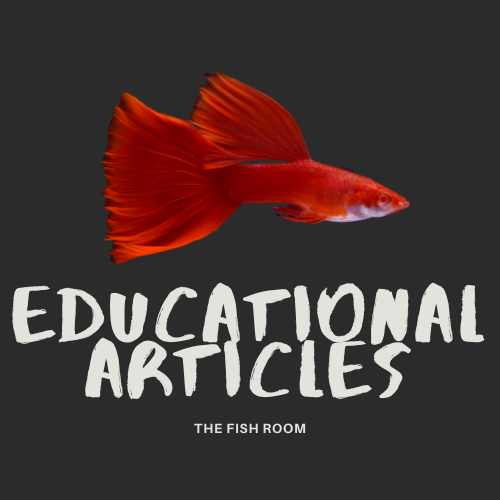
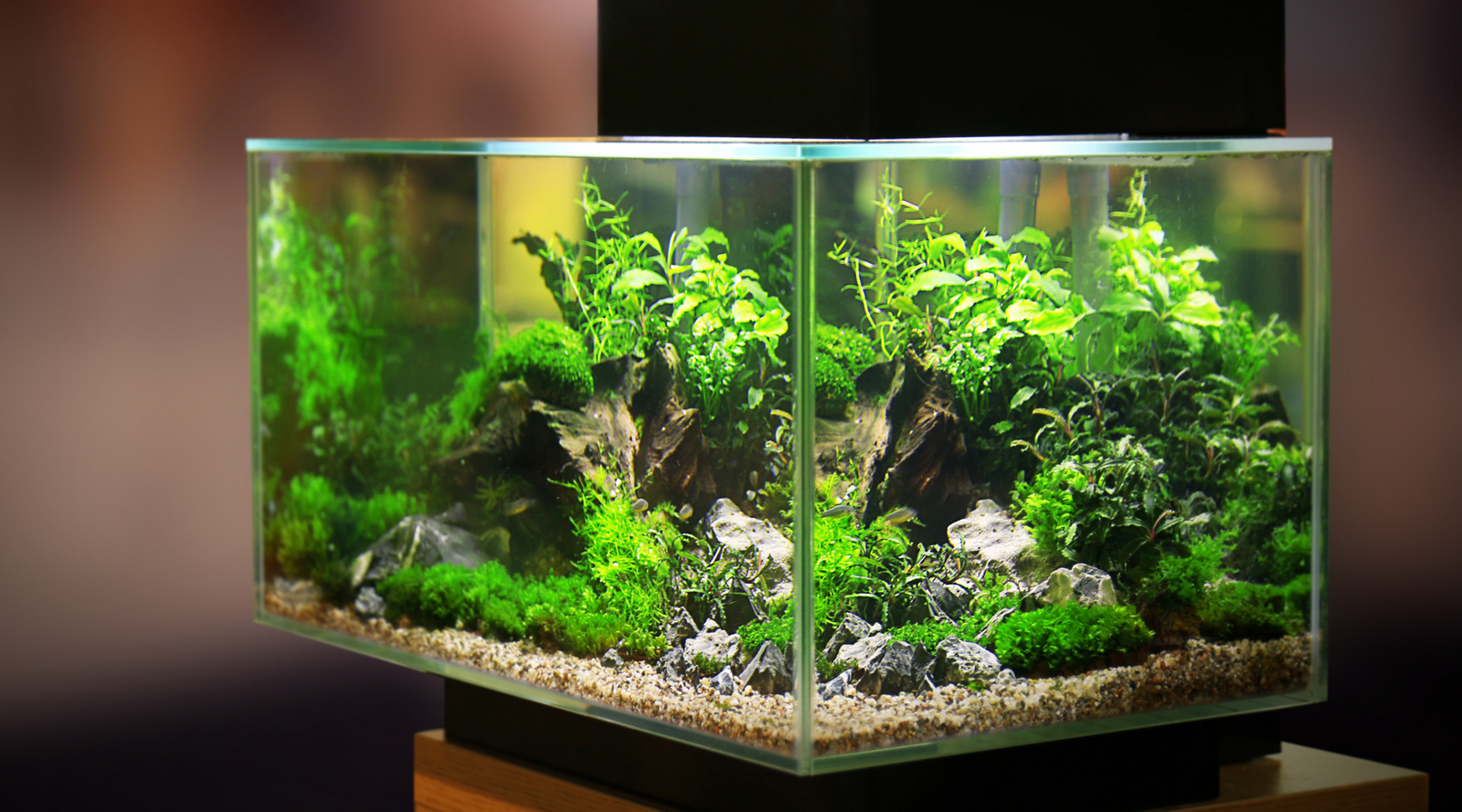
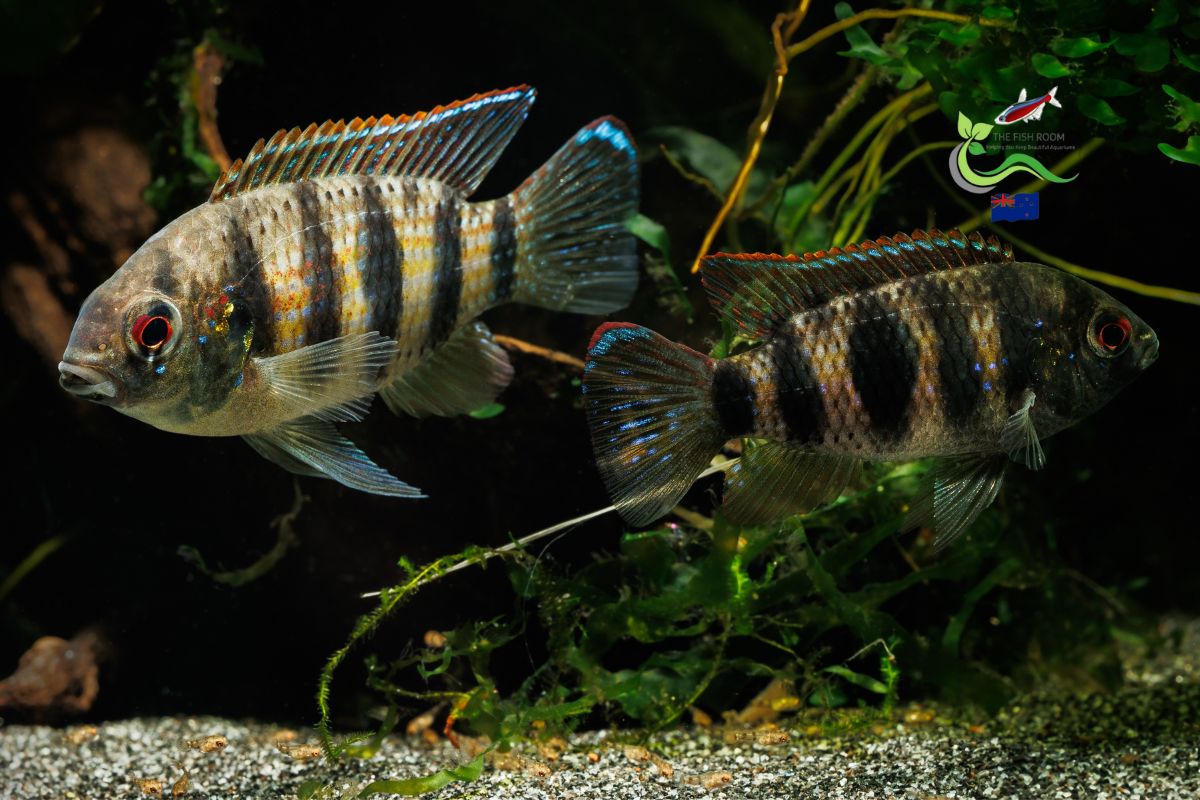
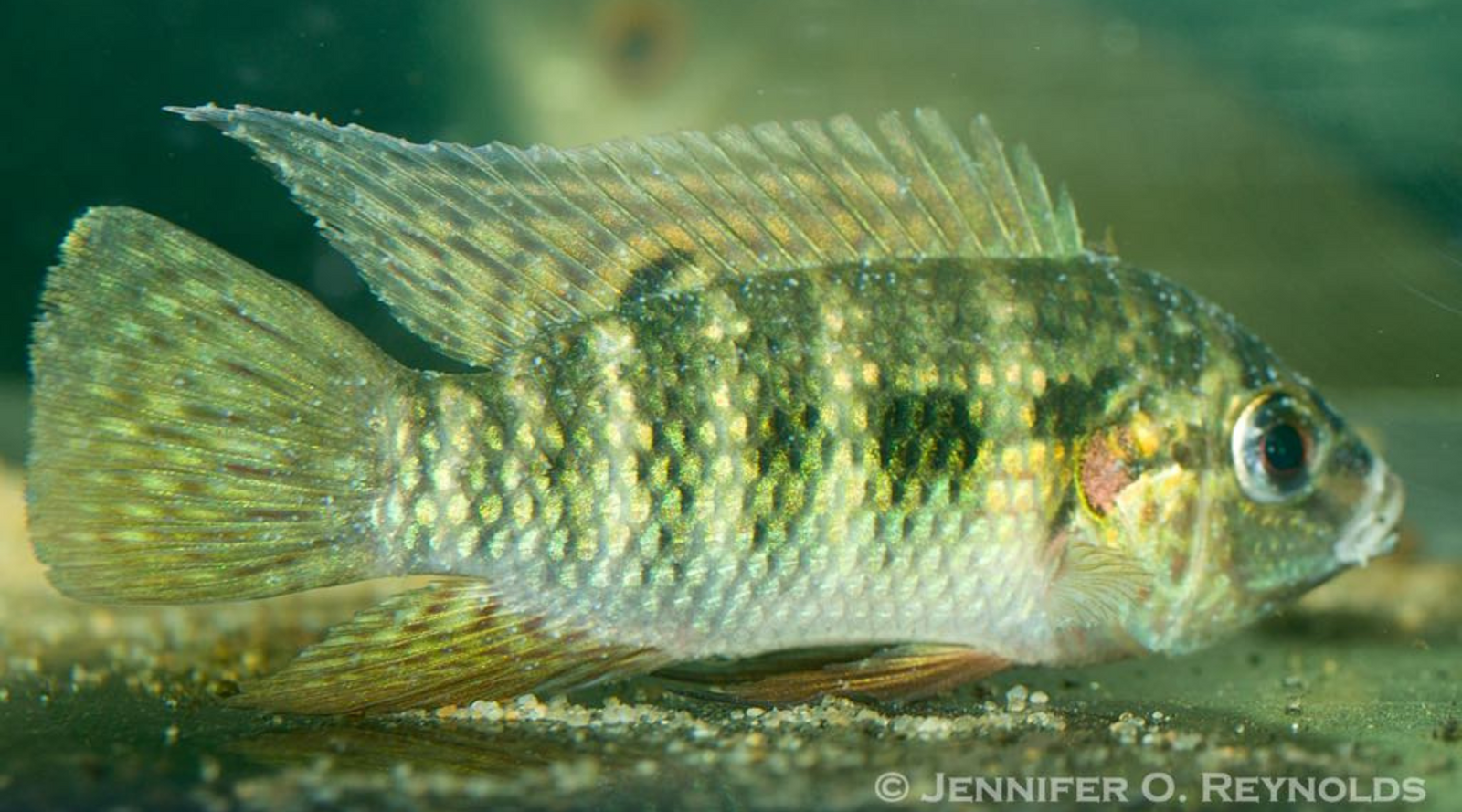
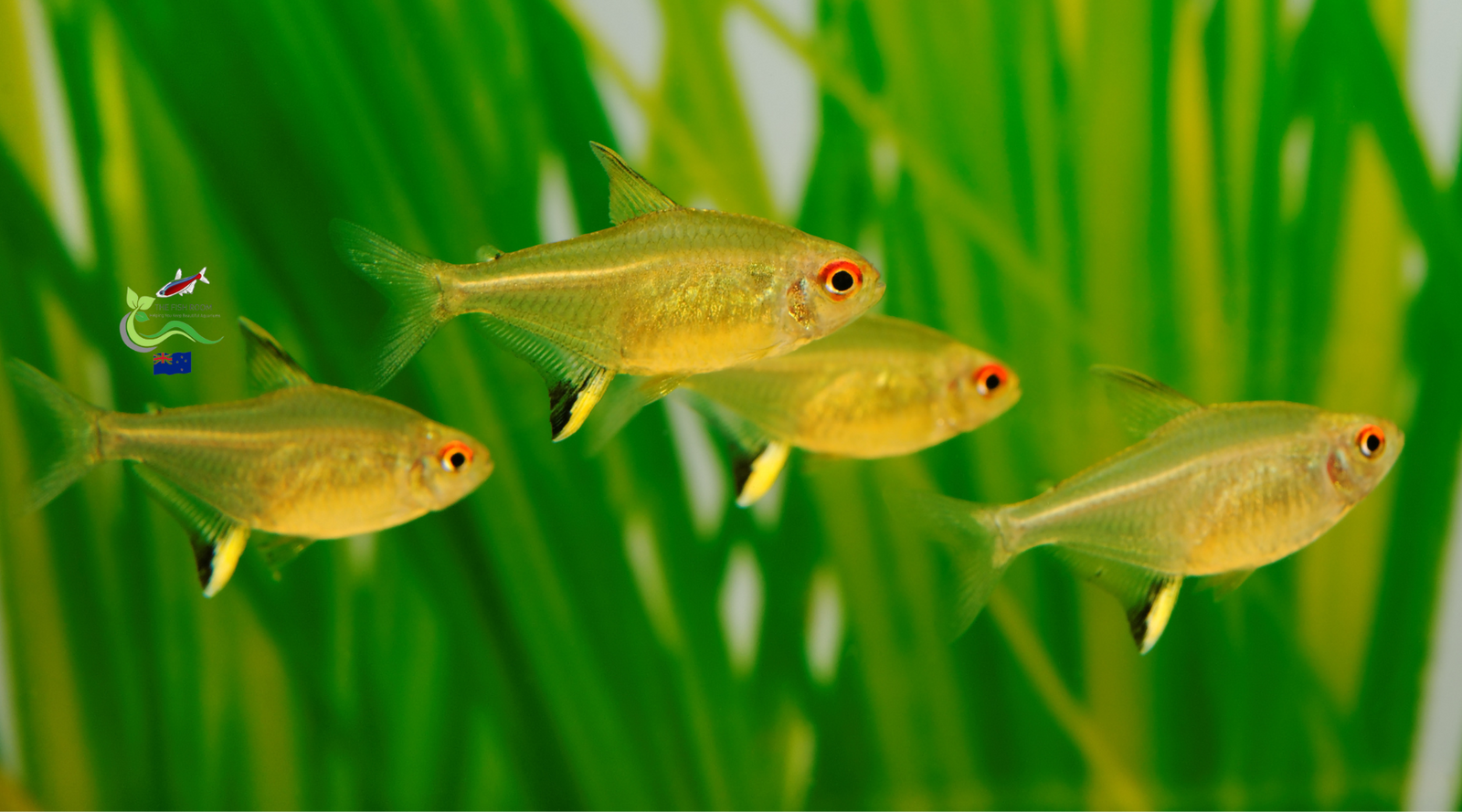
Leave a comment (all fields required)